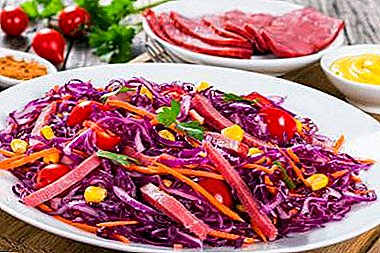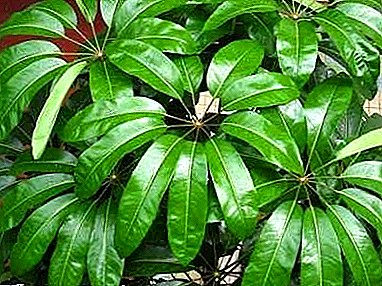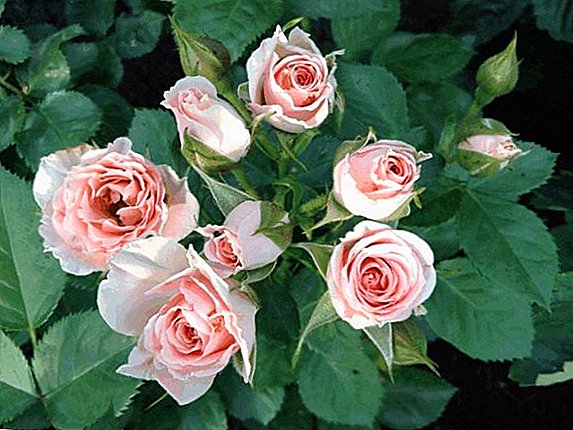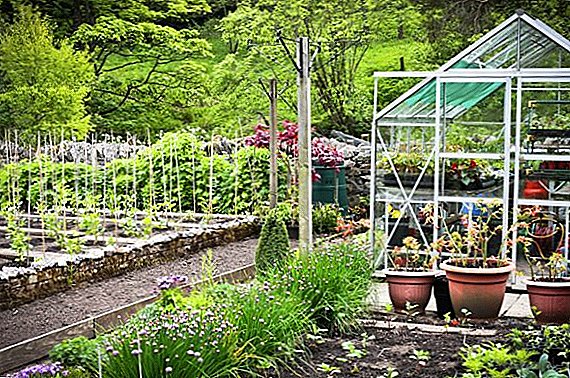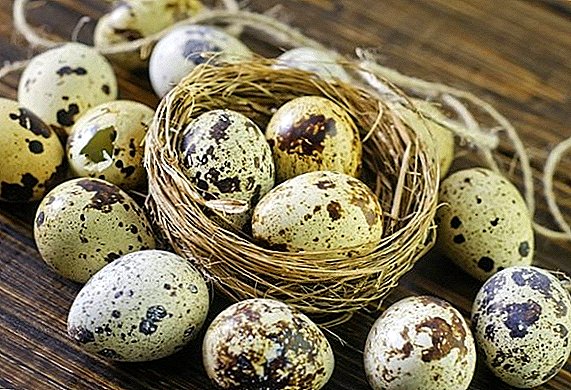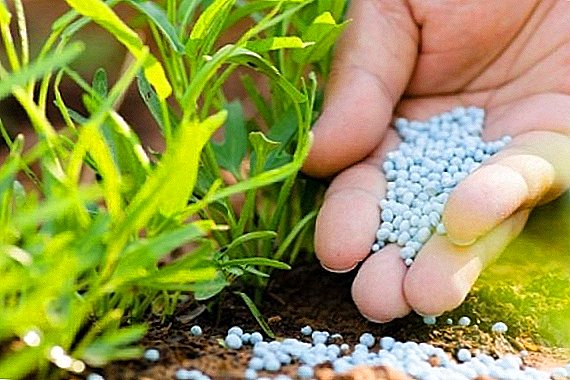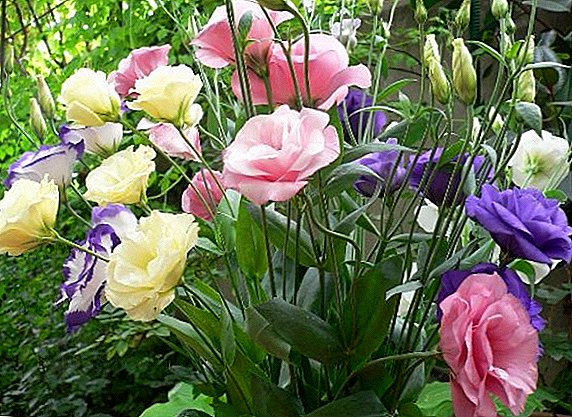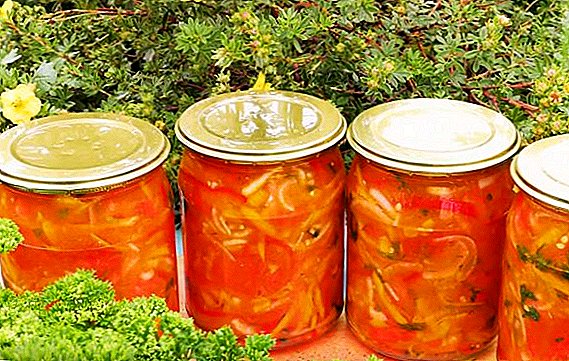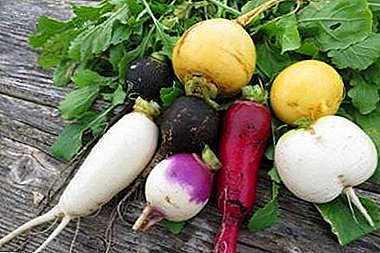
Now, few people know what a turnip looks like and what it is all about, not to mention its taste. An even greater mystery will be that there are several types of turnips, differing both in properties and in color.
It is about the color variety of turnip will be discussed in this article. What kinds are there, what to choose, why and why it is important at all - all this is lower.
In addition, you will find out whether different types of turnips differ in tastes and properties of turnips and which varieties they stand out for.
Why is it important to be able to distinguish a vegetable in shades?
For a person who wants to join this root, this skill will be very useful, because:
- Each subspecies of turnip has its own special taste. No one would want to spoil the dish, taking a black turnip instead of yellow.
- Healing properties also vary from root to root, so people who are worried about their health need to know which type is right for their situation.
- Planting / assembly conditions are also different for each subspecies of the root.
- Finally, knowing what colors a turnip is, you will never confuse it with another root vegetable.
What color is and what is not?
Speaking of the last point, to be sure that it is turnip in the hands, and not, for example, radish, you need to know that turnip is only:
- black;
- white;
- yellow;
- green
- light red;
- purple.
Turnip of other colors or not turnip at all, or subjected to processing.
Definition, characteristics and list of varieties
And now it is time to talk about specific types of this ancient and wonderful plant.
Black
 Black turnip - turnip subspecies, originally growing in Eurasia and North America. It is one of the most ancient root crops in the world, as it was used in ancient Egypt and ancient China. It has a rounded flat shape, covered with black skin, inside - white flesh.
Black turnip - turnip subspecies, originally growing in Eurasia and North America. It is one of the most ancient root crops in the world, as it was used in ancient Egypt and ancient China. It has a rounded flat shape, covered with black skin, inside - white flesh.
First of all, it is known for its medicinal qualities; it is less commonly used in cooking due to its bitter taste. 100 grams of root vegetables contain:
- potassium;
- calcium;
- zinc;
- copper;
- manganese;
- vitamins C and B9.
Black turnip juice has antibiotic properties., and the turnip itself or with its help is treated:
- cold sore throat;
- cough;
- bronchitis;
- heart and vessels;
- diseases of the joints and urogenital system;
- kidney stones and even tumors;
- improves metabolism and cleans the blood - the list is really impressive.
This product is not worth eating:
- patients with flatulence;
- with diseases of the gastrointestinal tract in the period of exacerbation;
- during pregnancy;
- after a heart attack.
Black turnip varieties:
- Winter round black;
- Winter long black;
- Marvelous;
- The healer;
- Night;
- Cylinder.
Green
This subspecies of the root is a selectively bred plant, the birthplace of which is the coast of the Mediterranean Sea. More elongated than a black turnip, green color with a bright tip, the flesh is light green. Healing qualities of green turnip can be inferior only to the qualities of blackhowever, green has a milder taste, similar to the taste of radish.
 100 grams of root vegetables have a high content of thiamine, riboflavin, pyridoxine, as well as vitamin A and nicotinic acid. Still green turnip contains potassium, calcium, sodium, iron and fiber. In addition to taste, the beneficial qualities of green turnip include:
100 grams of root vegetables have a high content of thiamine, riboflavin, pyridoxine, as well as vitamin A and nicotinic acid. Still green turnip contains potassium, calcium, sodium, iron and fiber. In addition to taste, the beneficial qualities of green turnip include:
- increased appetite;
- improvement of intestinal motility;
- beneficial effect on bones;
- property to lower blood sugar;
- improves the endocrine and nervous systems.
This product is not worth eating:
- suffering from stomach / intestinal ulcers;
- gastritis;
- kidney disease;
- in diseases of the stomach.
Green turnip varieties:
- Green Goddess;
- Yuzhanka.
Yellow
Yellow turnip - one of the subspecies of turnip, different, as the name implies, yellow skin. An oval shape with a thickened root. Most often among all their fellows, it is used as food: it is boiled, stewed, salted, pickled, used as a side dish and added to salads, and also eaten raw.
Not less often used as a drug, as it contains:
- carotene;
- B vitamins;
- vitamin PP;
- mustard essential oil;
- the greatest amount of vitamin C among all other types of turnips.
Thanks to these components, yellow turnips are used to:
- to combat premature hair loss and gray hair;
- to enhance immunity;
- to fight acne and bleeding from the gums;
- If you have a yellow turnip every day, you can significantly reduce the risk of cancer.
Yellow turnip varieties:
- Granddaughter;
- Gribovskaya;
- Dunyasha;
- Golden ball;
- Nurse.
White
 It is very similar to yellow turnip, but has a more delicate flavor, less good for health, but indispensable for those who decided to lose weight. When used speeds up the metabolic process in the body, which will allow in the shortest possible time to get rid of extra pounds. It has the ability to quickly boil soft, so you need to cook it for no more than five minutes.
It is very similar to yellow turnip, but has a more delicate flavor, less good for health, but indispensable for those who decided to lose weight. When used speeds up the metabolic process in the body, which will allow in the shortest possible time to get rid of extra pounds. It has the ability to quickly boil soft, so you need to cook it for no more than five minutes.
White turnip varieties:
- White Night;
- Snow White;
- Glasha;
- White ball;
- Dutch white.
Here it is, it is diverse in its color, turnips. Not in vain in Russia, this root crop was the main food before the advent of potatoes, because what else can combine taste, nutrition and benefit at the same time?


